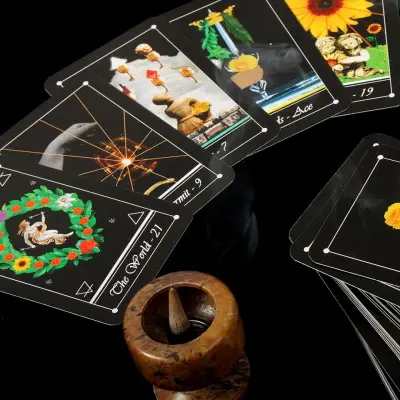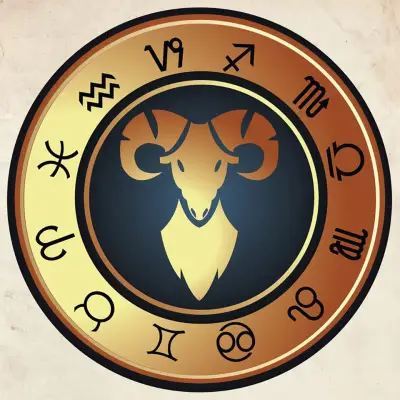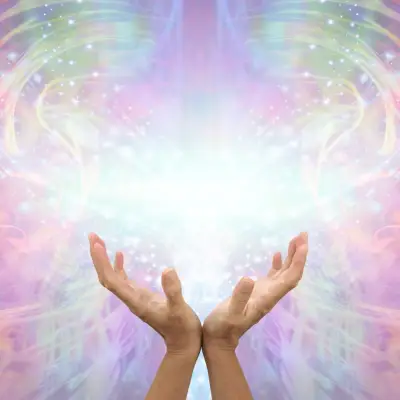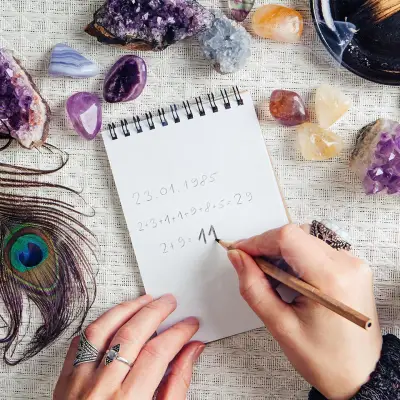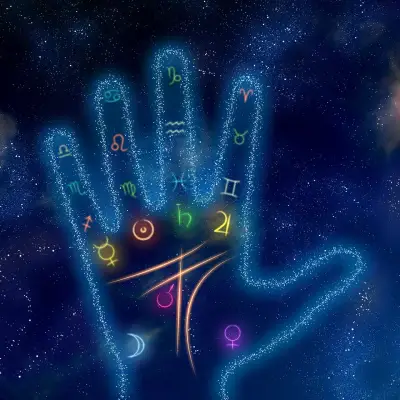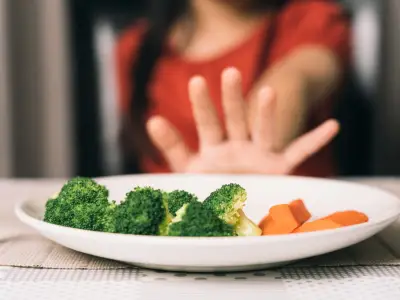The enchanting realm of witchcraft and magic opens up a world of wonder where the ancient and the modern merge, creating a space for learning, empowerment, and transformation.
Witchcraft, with its diverse practices and beliefs, invites you to discover your unique path and tap into your inherent magical powers. Whether you're drawn to the healing arts, the mysteries of the cosmos, or the simple magic of a kitchen herb garden, witchcraft offers a rich tapestry of traditions and practices.
Read on to discover the various types of witchcraft and magic, uncovering the magic that resonates with your spirit.
Jump to:
The Foundation of Witchcraft and Magic
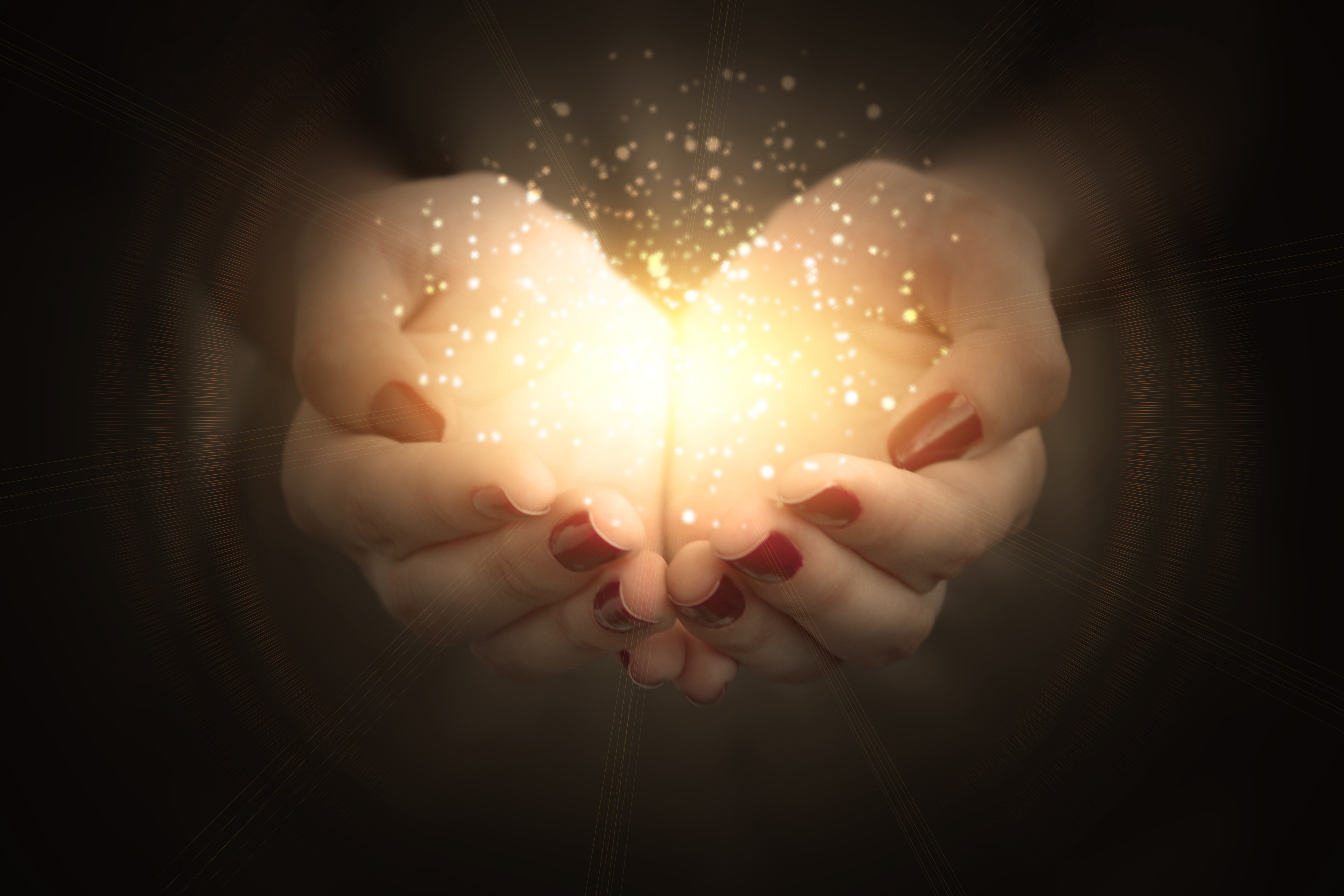
Witchcraft is the practice of tapping into natural energies and powers to effect change. It's a deeply personal practice that can be shaped by individual beliefs, cultural backgrounds, and the elements of nature that resonate most strongly with each practitioner. Magic, or magick as it's often spelt to differentiate it from stage magic, is the energy witches manipulate to bring about desired outcomes. It's a natural part of the world, accessible to those who know how to work with it.
Witch Magic and Powers
Witchcraft embodies the practice of tapping into the natural and universal energies to effect change. Witches harness spells, rituals, and the power of intention to manifest desires, provide protection, facilitate healing, and forge a deep connection with the spiritual world. This ancient practice recognises the inherent power within and around us, offering a path to harness that energy for positive change.
Types of Magick
Magick within witchcraft is a vast and varied field, encompassing numerous practices and philosophies. It can be broadly categorised into several types, each with its unique focus and methods:
- Ceremonial Magick: Known for structured rituals and often involves calling in higher powers or entities.
- Natural Magick: Draws upon the energies of the natural world, such as plants, crystals, and celestial bodies.
- Chaos Magick: Focuses on the belief that belief itself is a tool for achieving desired outcomes, emphasising flexibility and adaptability in practices.
- Sigil Magick: Uses symbols designed to represent a specific goal or desire, which are charged with energy to manifest those intentions.
- Elemental Magick: Involves working with the four elements (Earth, Air, Fire, Water) to harness their unique properties in magical work.
- Green Magick: A branch of natural magick that specifically focuses on working with plant life and the energies of the earth to create change.
- Shadow Magick: Engages with the shadow self or darker aspects of the psyche for healing, self-discovery, and integrating hidden parts of yourself.
- Divination Magick: Uses various methods (tarot, runes, scrying, etc.) to gain insight into the past, present, or future and to receive guidance.
- Healing Magick: Focuses on rituals and spells intended to heal physical, emotional, or spiritual ailments, often involving herbs, crystals, and energy work.
- Love Magick: Aims to attract love, enhance self-love, mend relationships, or harness the energy of love for various magical purposes.
- Protection Magick: Employs spells, amulets, and rituals to ward off negative energies, protect against harm, and create safe spaces.
- Moon Magick: Aligns spellwork and rituals with the phases of the moon to tap into lunar energies for manifestation, release, and transformation.
Good Witches and the Spectrum of Witchcraft
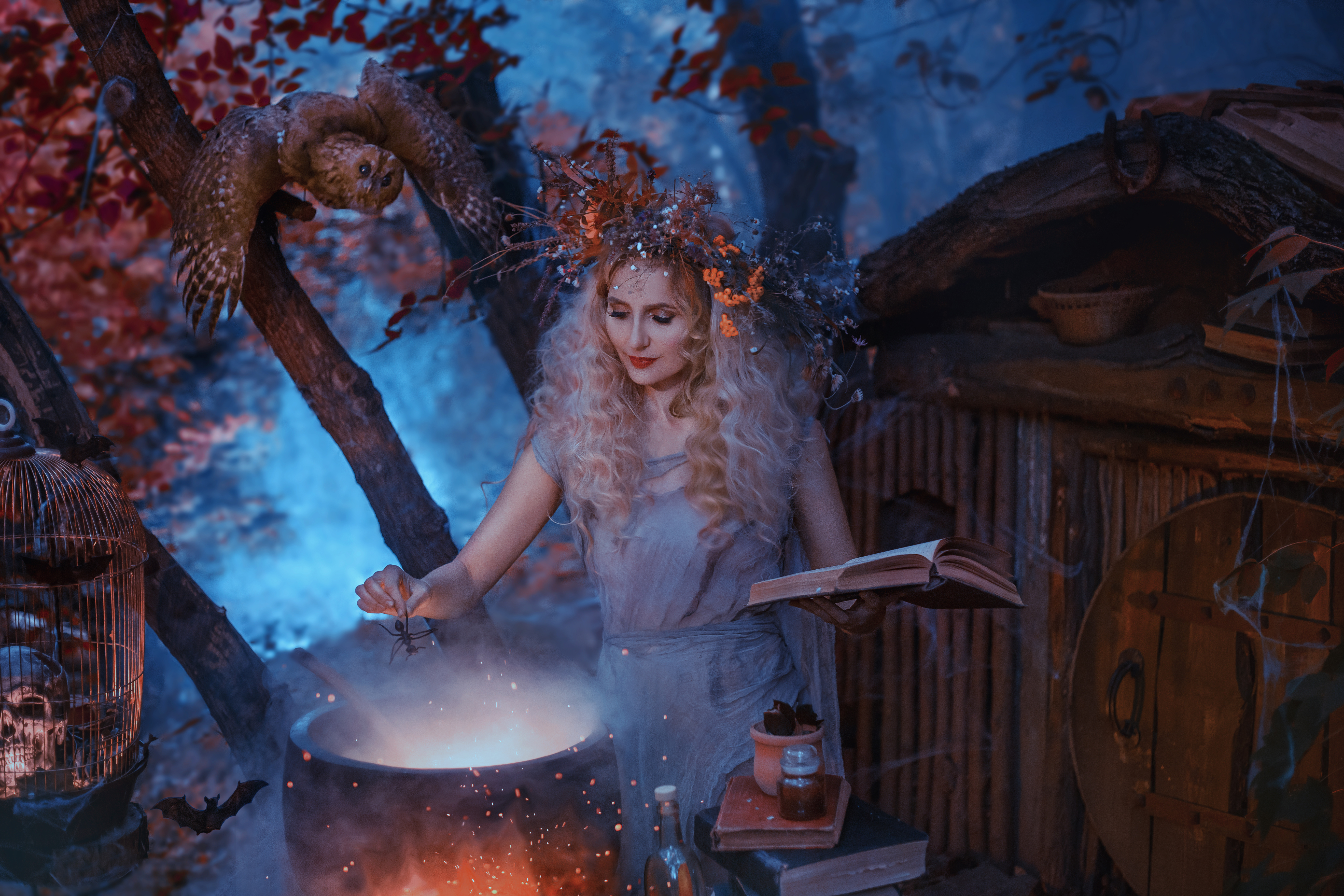
The term 'good witch' is a reminder that, at heart, witchcraft is about working in harmony with nature and using your powers for positive ends. While media often depict witches in a dualistic manner, the reality is far more nuanced. Most witches work with the intention of healing, protecting, and enhancing life.
Witch Types and Practices
Let’s uncover various types of witches and their unique practices, from the communal bonds of coven-based witches to the solitary journey of the hedge witch:
Hereditary Witch
Hereditary witches inherit their magical practices from their ancestors, passing down ancient wisdom, spells, and rituals through generations. This path often involves a deep connection to cultural traditions and family heritage.
Eclectic Witch
Eclectic witches are the adventurers of the witchcraft world, blending elements from various traditions to create a practice uniquely their own. They value personal intuition and experience over strict adherence to one path, making eclectic witchcraft a highly personalised practice.
Green Witch
Green witches are deeply connected to the earth and its bounty. They work closely with plants, herbs, and flowers, harnessing their natural energies for healing, magic, and nurturing. Green witchcraft is a path of harmony with nature, celebrating the cycles of the earth and using herbalism to create healing remedies.
Plant Witch
Similar to green witches, plant witches focus specifically on the magic and wisdom of plants. They may cultivate magical gardens, create potent herbal remedies, and use plants in spellwork and rituals. Plant witches understand the unique energies of different plants and how to work with them for magical outcomes.
Hedge Witch
Hedge witches practice a form of magic that involves journeying to other realms. They are often solitary practitioners, blending elements of shamanism, herbalism, and nature magic. The hedge represents the boundary between this world and the otherworld, which hedge witches learn to navigate.
Grey Witch
The path of the Grey Witch is one of balance, navigating the spaces between light and dark. This approach recognises that magick is not inherently good or evil but a tool that reflects the intentions of the user. Grey witches understand the importance of maintaining balance within their practice, acknowledging that both light and dark aspects of magick can serve for growth, protection, and healing. Their practice is a testament to the complex nature of witchcraft, embracing the full spectrum of magickal possibilities.
Coven-Based Witch vs. Solitary Witch
The choice between joining a coven or practising alone is deeply personal. Coven-based witches enjoy the support and shared wisdom of a group, performing rituals and celebrating sabbats together. Solitary witches, on the other hand, prefer the freedom and introspection of practising alone, following their own rules and intuition.
Specialised Types of Witchcraft

Within the rich and varied world of witchcraft, there are specialised paths that focus on harnessing specific elements or energies. Let's explore some of these unique practices, including the crystal, cosmic, kitchen, and sea witches, each bringing their own magic to the tapestry of witchcraft.
Crystal Witch
Crystal witches tap into the latent energies of crystals and gemstones for healing, protection, and divination. They may use crystals in rituals, carry them as talismans, or incorporate them into spellwork to amplify magical intentions.
Cosmic Witch
Cosmic witches focus on the magic of the cosmos, using astrology, lunar energies, and celestial events to enhance their magical practices. They may time their spells and rituals according to planetary alignments or moon phases to harness cosmic energies.
Kitchen Witch
Kitchen witches find magic in the everyday act of cooking and baking. They infuse their food with intention and energy, transforming mundane tasks into magical acts. Kitchen witchcraft is deeply nurturing, focusing on the home and hearth as centres of magic.
Sea Witch
Sea witches draw on the power of water, particularly the ocean, in their magic. They may use seawater, shells, and other oceanic items in their spellwork, focusing on healing, purification, and tapping into the deep, emotional energies of water.
Sex Witch
Sex witches use sexual energy, one of the most powerful energetic forces, in their magical practices. This path involves harnessing the power of sexual energy for manifestation, healing, and magical work, often focusing on empowerment, personal transformation, and the strengthening of relationships.
Ceremonial Witch
Ceremonial witches focus on the ritualistic and ceremonial aspects of magic, often incorporating complex rituals, invocations, and the use of specific magical tools. Their practice is heavily influenced by formal magical traditions and systems, such as the Hermetic Qabalah, Thelema, and the Golden Dawn.
Hearth Witch
Similar to kitchen witches but with a broader focus, hearth witches centre their practice around the home and its hearth or heart. Their magic is deeply rooted in domestic activities, not just cooking but also cleaning and weaving spells into the fabric of daily household life to create a nurturing and protected environment.
Folk Witch
Folk witches practice a form of witchcraft that is deeply rooted in the traditions, folklore, and magical practices of their ancestors or the local culture. This type of witchcraft often involves the use of traditional herbs, local spirits, and ancestral wisdom, focusing on the practical and healing aspects of the craft.
Baby Witch
A term affectionately used within the witchcraft community to describe someone new to the practice. While not a type of witchcraft in itself, it represents the journey of learning and exploration as one begins to discover their path within the craft.
The Tools of the Craft
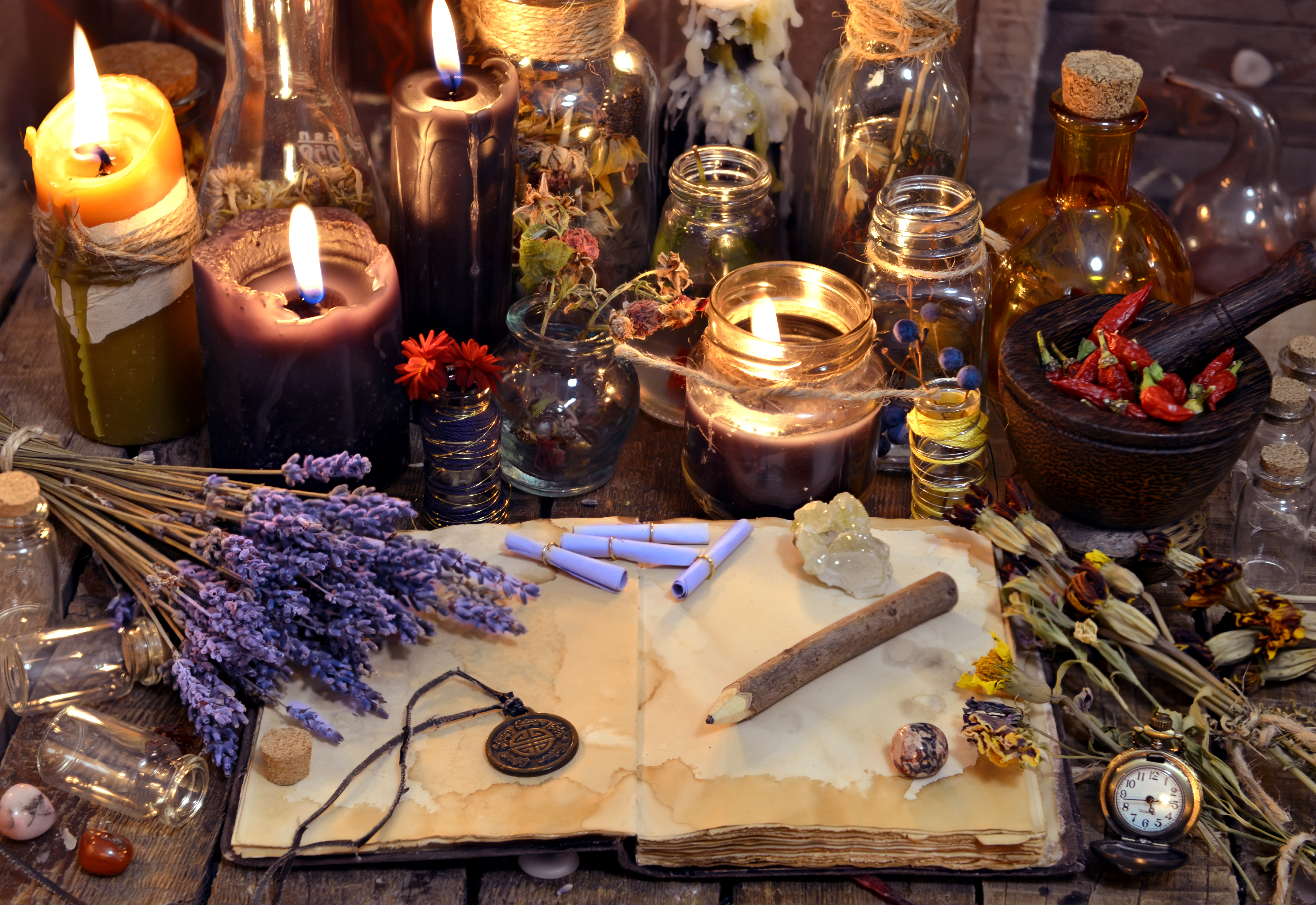
Witches use a variety of tools to help focus and direct energy during their work. These can include:
- Wands: Used to direct energy and intentions, symbolising air or fire depending on the tradition.
- Athames (Ritual Knives): Serve to direct energy, cut etheric cords, and delineate sacred space, but not used for physical cutting.
- Chalices: Represent the element of water, holding water or wine during rituals to symbolise the feminine, the womb, and emotional and psychic aspects.
- Pentacles: Flat discs or plates, often inscribed with symbols, used as a grounding and protective tool, representing the element of earth.
- Candles: Utilized for spell work, meditation, and ambience, their colours correspond to different intentions and energies.
- Crystals and Gemstones: Each with unique properties, used for healing, protection, and enhancing specific energies.
- Herbs and Plants: Employed for their energies in spells, potions, and offerings, each with specific associations and uses.
- Incense: Burned to cleanse space, invite positive energies, and aid in creating a magical atmosphere.
- Books of Shadows or Grimoires: Personal or traditional journals containing spells, rituals, and magical records.
- Altars: Sacred spaces for performing rituals, making offerings, and focusing intentions.
- Tarot Cards and Divination Tools: Used for guidance, insight, and reflecting on situations or personal paths.
- Bells: Rung to clear energy, mark the beginning or end of a ritual and invite positive spirits.
- Brooms (Besoms): Symbolic for cleansing space of negative energy and for protection.
Learning and Growing in Your Practice
For those drawn to the path of the witch, the journey is as much about personal growth and understanding as it is about mastering spells or rituals. It's a path of empowerment, self-discovery, and connection to the natural world.
Frequently Asked Questions About Witchcraft
Can anyone become a witch, or do you need to be born into it?
Anyone with a genuine interest and dedication can embark on the path of witchcraft. While some individuals come from families with a history of witchcraft, known as hereditary witches, the craft is open to all who seek to learn its ways and connect with its energies.
How do I start practising witchcraft?
Starting your practice can be as simple as reading books, observing the natural world, and beginning to meditate or journal about your intentions and experiences. It's also beneficial to connect with the broader community, either online or locally, to learn from others.
Is witchcraft related to a specific religion?
Witchcraft itself is a practice, not a religion. However, many witches incorporate their craft into their spiritual path. Wicca, for example, is a religion that includes witchcraft as part of its practice, but not all witches are Wiccan, and not all Wiccans practice witchcraft.
Do I need special tools to practice witchcraft?
While many witches use tools like wands, athames, and crystals to direct energy and symbolise elements of their craft, these are not strictly necessary. The most powerful tool in witchcraft is your intention. Start with what feels right for you and what you have on hand.
Can witchcraft be practised in a city?
Yes, witchcraft can be practised anywhere. Urban witchcraft finds magic in the cityscape, drawing energy from the buzz of human activity, the rhythm of the seasons, and even potted plants or window-box gardens.
What is the difference between white, black, and grey magic?
These terms are often used to describe the intent behind the magic performed, with white magic associated with healing and protection, black magic with harm and selfish intentions, and grey magic acknowledging that most magic falls somewhere in between, depending on the practitioner's intent.
Is it necessary to join a coven?
No, it's not necessary to join a coven. Many witches practice solo or as solitary witches, finding that this path allows them the freedom to explore and grow in their practice at their own pace. Covens do offer community and shared knowledge, but joining one is a personal choice.
How do I find my witch type?
Discovering your path within witchcraft often involves exploration, research, and self-reflection. Your interests, the elements you feel drawn to, and the practices that resonate with you will guide you toward your unique type of witchcraft. Remember, it's okay for your path to evolve over time.
What are the main ethics of witchcraft?
While ethics vary among different traditions, many witches abide by some form of the Wiccan Rede: "An it harm none, do what ye will." This emphasises the importance of not causing harm with one's magical practices. Another common guideline is the Threefold Law, which suggests that whatever energy you put out into the world will return to you threefold.
Can witchcraft be used for self-care and healing?
Absolutely. Many witches incorporate their craft into personal self-care routines, using rituals, spells, and herbal remedies for healing, protection, and mental health. Witchcraft offers a powerful way to connect with your inner self and the natural world for holistic well-being.
Recommended for you!
Best SellersDiscover Witchcraft at Centre of Excellence
Feel the calling to learn Witchcraft? Tailored for enthusiasts at any level, our witchcraft courses are perfect for budding witches. Choose from Green Witchcraft, Hedgewitchery, Kitchen Witchery, Sea Witchcraft, Celtic Witchcraft and Spellcasting.
Why Centre of Excellence?
- Inclusivity: We believe education should be accessible to all, which is why our courses are priced to welcome everyone.
- Flexibility: Our courses are designed to fit into your life, allowing you to learn at your own pace and blend your educational pursuits with your daily commitments seamlessly.
- Diverse Curriculum: Explore the rich world of witchcraft, with comprehensive lessons on herbal remedies, magical practices, and living in harmony with nature, tailored to meet a wide range of interests and levels.
- Dedicated Support: Enrolling gives you access to one-on-one tutor guidance and a vibrant learning community, providing support and encouragement as you journey through your course.
A Special Offer
We are delighted to offer any of our witchcraft courses for just £29, a significant saving of over £100, for a limited time. Simply follow the above links to access your offer.
